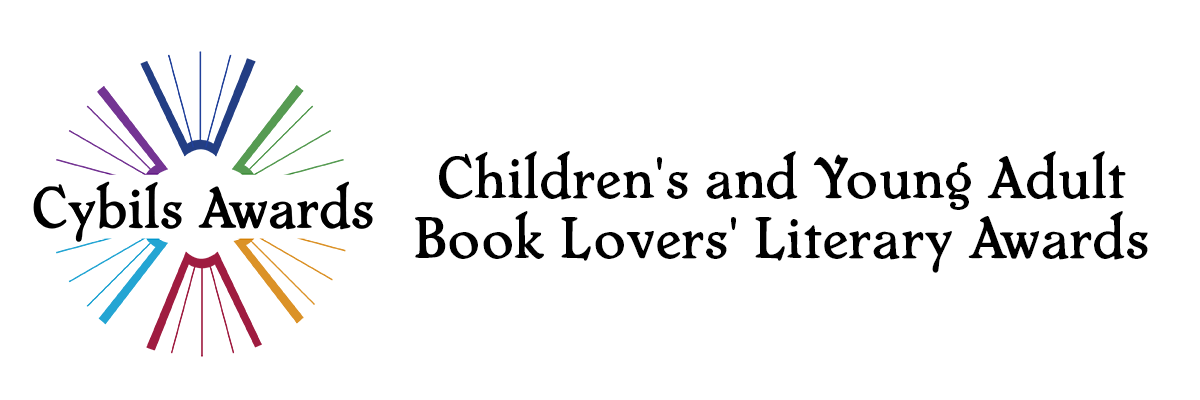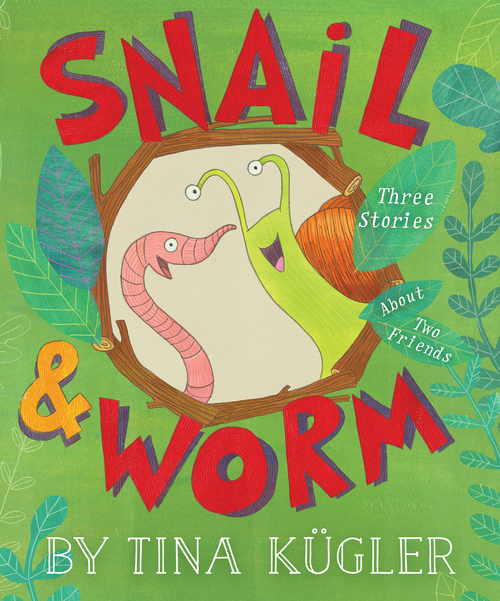Where did you get the idea for Snail & Worm?
My answer has two parts, actually: first I decided I wanted to write a funny easy reader, and then I discovered my characters.
At one point in my life, I owned an independent children’s bookshop, and later I worked in the Youth Department of a public library, so children’s books are a huge part of my life. When we had kids, our first two boys basically taught themselves to read, it was wonderful. Then there was our third son…he did not want to read. He did everything he could to avoid it, he would finally try to read a couple pages and simply give up. I sat with him for hours, we read every variation of anything painfully simple and phonetic that I could find. He hated it. He was frustrated, and I was frustrated. It was like taking medicine. These books weren’t funny. Most of them didn’t even have a point. Why would you want to suffer through it with no punchline, no payoff for your hard work? Or the author would throw in a complex word, and our son would just hit that wall and quit. So I thought, you know what? I will write one for you. It will be simple, so you can read it without giving up, and it will be funny.
Also, I should mention, it turns out he needed glasses. Oops.
I had an idea that I wanted to write a buddy story. I’m also a Cub Scout leader for this same son, this was first grade. We were at a park and I found a snail, and I was super excited to show the Scouts. I carefully picked it up and it pulled back into its shell. I called the boys over, and they all gathered around as I held out my hand. Very cautiously the little snail peeked out one eye stalk, and then the other, and slooowly and triumphantly emerged from his shell. The boys all screamed at the top of their lungs and scattered. So I thought, this is wrong. Snails are the coolest. Most kids would have snails in their backyard, or see them at the park. Who else is commonly found in almost any yard and equally misunderstood? Worms! They have five hearts, for goodness sakes.
Are there any special challenges when writing easy reader books for new readers?
You have to get into the mind of a reader that age. What’s funny to them? Keep it simple, but never condescending.They are so sweet and naïve like Snail, but they are also smarter than you think: they get jokes, they get visual gags, they get wordplay. I wanted to throw in a few gags that the adults reading with them would get too, as a little treat for working through it with them.
I knew from experience that I shouldn’t suddenly drop in a complicated word that will trip up my reader and frustrate them, so often I had to rewrite and simplify, break down what I was trying to communicate into smaller bites. You shouldn’t use the rich language that makes a beautiful picture book manuscript, but the primary method of conveying a story– show, don’t tell– is the same.
 Who or what inspired you to become a writer?
Who or what inspired you to become a writer?
You know, I still don’t consider myself a real writer, the visuals come to me before the words. I do these drawings and then basically come up with a script for them to speak. I’ve always loved picture books and I’ve always loved to draw. After college I became a storyboard artist for television cartoons, I majored in film and learned visual storytelling that way. Storyboarding is great, but books are my real love.
What was your favorite book as a child?
I had so many favorites! One that still sticks with me is Anno’s Journey by Mitsumasa Anno. It is so quiet and lovely.I am an only child, and I read a lot, so I would just disappear in it for hours. There are still details and visual gags I am just catching now as an adult.
What piece of advice would you give to a young writer?
Don’t listen to anyone who tells you your writing stinks, but even more importantly, don’t tell yourself your writing stinks. The best writing workshop I ever took was with Lynda Barry. She said if someone came up to you and said, “Hey you, your work is terrible, you should give up,” would you listen to them? No, you would tell them to get lost. Then why would you listen to the little voice in your head that says that?
Read, read, read, and draw, draw, draw.
Hang out at the library, it’s all there just for you. Keep a notebook, write down your ideas, even the silly ones (especially the silly ones).

